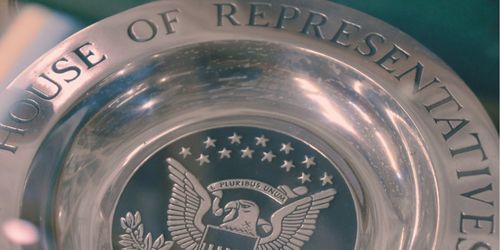Over the past decade, the percentage of U.S. House of Representatives elections with only a Democrat or a Republican on the ballot has dropped in a majority of the election cycles and below the past century’s average. Here is the recent breakdown:
- 2014: 17.5% (36 races without a Democratic candidate and 40 without a Republican)
- 2016: 14.0% (27 races without a Democratic candidate and 34 without a Republican)
- 2018: 9.4% (3 races without a Democratic candidate and 38 without a Republican)
- 2020: 6.2% (8 races without a Democratic candidate and 19 without a Republican)
- 2022: 8.0% (23 races without a Democratic candidate and 12 without a Republican)
In comparison, 14.4% of all U.S. House general elections from 1920 to 2018 had only one major party candidate.
Since 1920, the election years with the most races without major party opposition were 1930 (99), 1998 (95), 1942 (89), 1958 (89), and 1934 (83). Conversely, the election years with the fewest races of that nature were 1996 (21), 2020 (27), 2010 (29), 1992 (31), and a tie between 1932 and 2022 (35).
Of the 52 election cycles from 1920 to 2022, there were 738 races without a Democratic candidate and 2,465 races without a Republican candidate during that timeframe. Eight of the cycles featured more races without a Democratic candidate than races without a Republican candidate. Those election years were 1994, 1996, 1998, 2002, 2004, 2010, 2012, and 2022.
In 2022, the races without a Democratic candidate were located in Alabama (2), Arizona (2), Florida (3), Louisiana (2), North Dakota (1), Pennsylvania (2), South Carolina (3), Texas (6), and Wisconsin (2). The races without a Republican candidate were located in California (7), Illinois (1), Massachusetts (1), New York (2), and Pennsylvania (1).
Additional reading:


